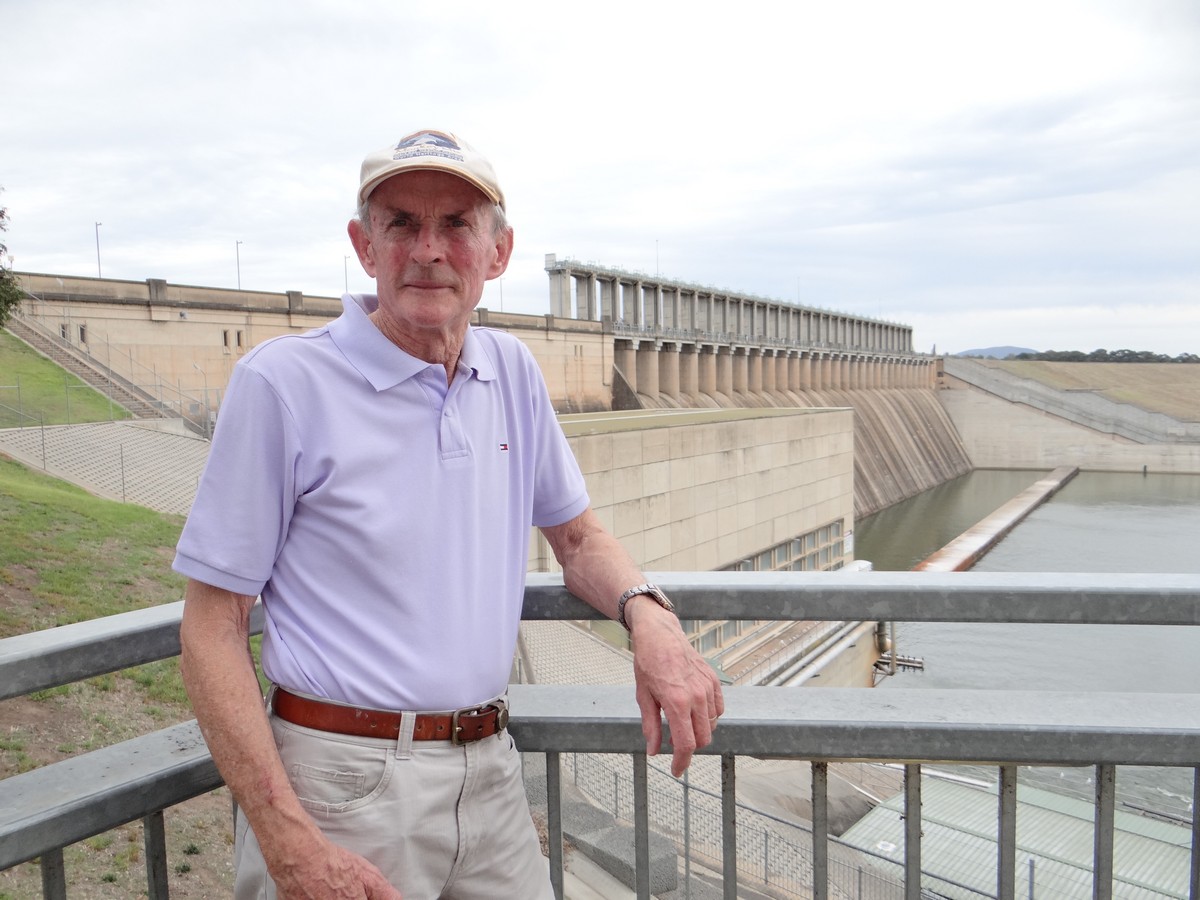By Bruce Key, Wodonga Albury Towards Climate Health (WATCH)
Renewable energy is very popular, but it has a big drawback – its intermittency. This raises the question of how to store electricity so that it is available when required.
The obvious answer is batteries, but it is difficult to have sufficient batteries to supply energy for long periods.
Fortunately, there are numerous ways of storing electricity other than batteries. Tasmania, for instance, runs largely on hydro generation and the water in numerous water storages can be thought of as potential electricity.
Another variation on this theme is the Snowy 2 scheme proposed by the current federal government. This will be a pumped storage scheme (PSS). Such schemes work by pumping water up to a high storage whenever there is spare electricity and running it downhill through a generator(s) to create electricity when it is needed. The same water can be used repeatedly.
There are a number of PSS, both operating and under construction in Australia. At Whyalla a PSS will be used to ensure continuity of supply to the nearby steel mill that is going to powered by renewable energy. In addition, a solar thermal power station is being built not far away. This works by using mirrors to heat molten salts to about 600 degrees and storing the hot salt. When power is needed, water is run through tubes in the salt to generate steam which is then used to produce electricity in exactly the same way as in a coal-fired power station.
Another way of storing electricity is to use hydrogen. Water is split into its component gases (hydrogen and oxygen) using electrolysis. The hydrogen can then be used in a variety of ways to generate electricity when required, or to power vehicles. One advantage of this process is that the hydrogen can be stored for months, for instance from summer to winter.
Hydrogen plants are being built in Canberra and at Port Lincoln in SA.
All of these approaches to energy storage incur energy losses and cost money. What is fascinating at the present time is that they are going ahead in Australia and overseas as private investments. This is excellent proof that they are viable, – both technically and financially. Search ‘steel city goes green’ and ‘Australia’s first renewable-hydrogen electrolyser plant’. We can live lightly.

